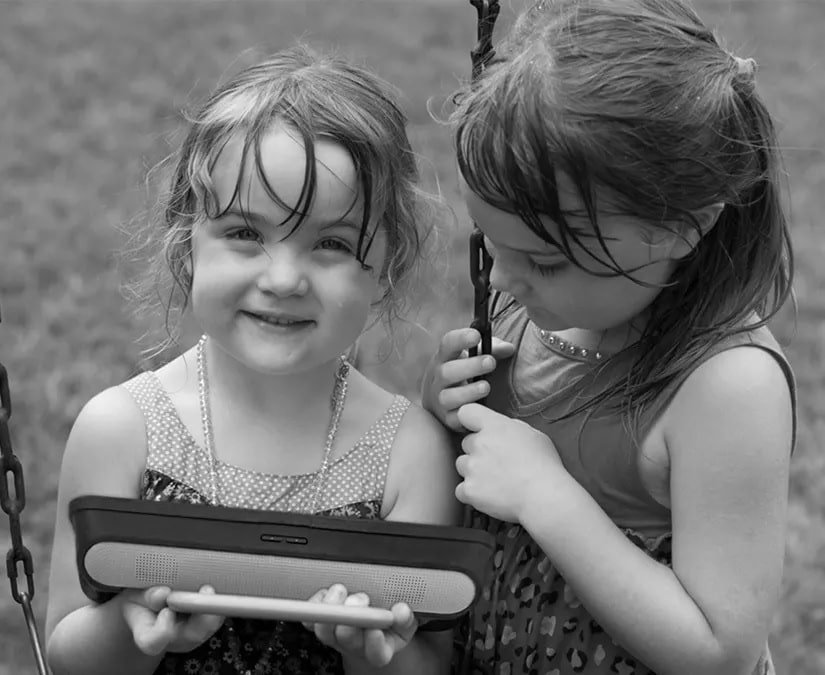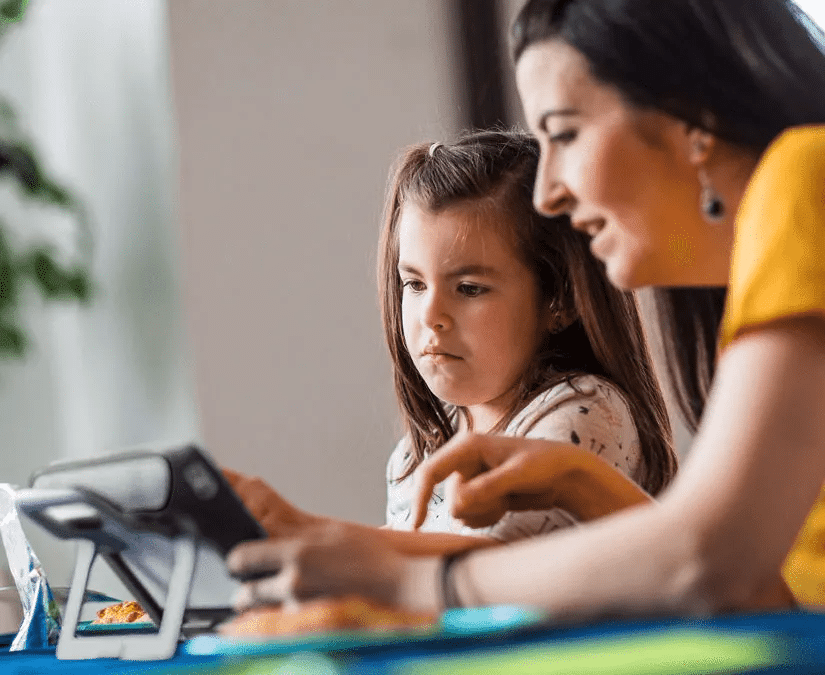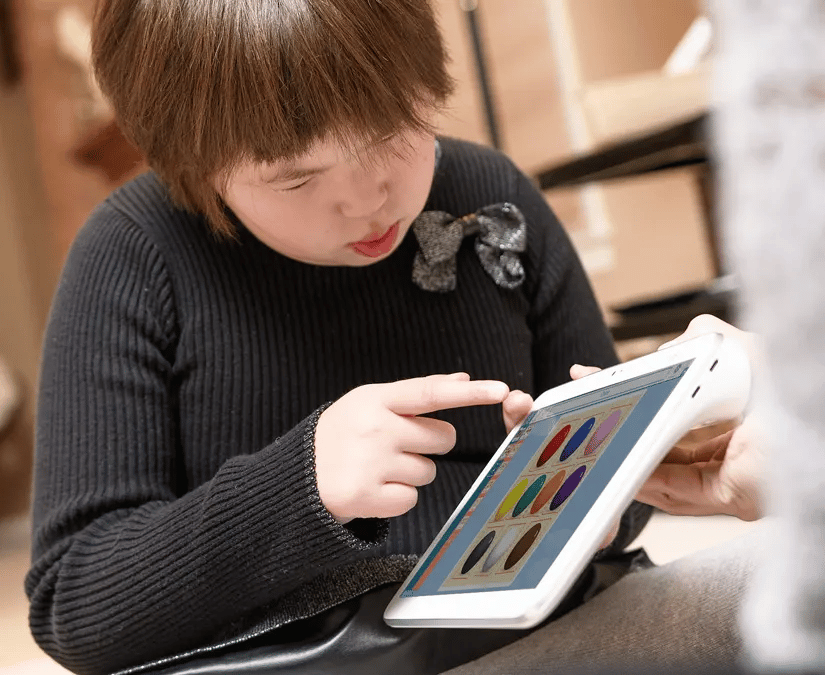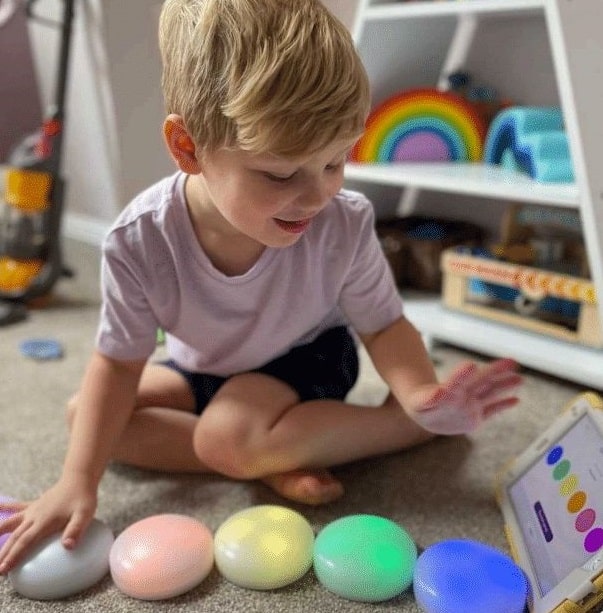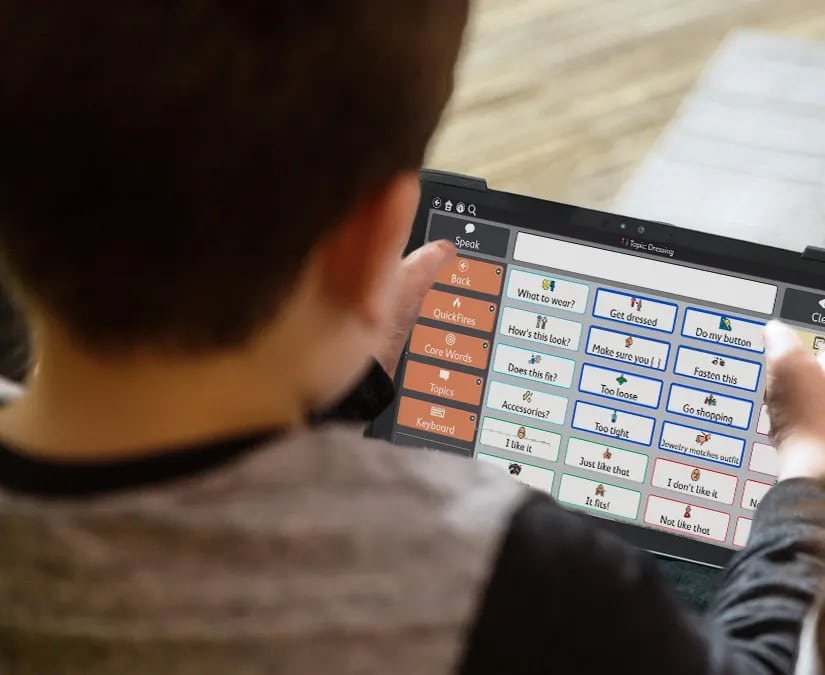
Assistive Technology for Autism
Supporting communication using assistive technology for autism
Assistive technology for autism is frequently used to support existing communication or to provide an alternative form of communication. Technology for autism largely fits into the category of Augmentative and Alternative Communication (AAC) and includes speech-generating devices, communication software and computer access solutions such as switches and eye gaze.
Our communication-based assistive technology includes the Tobii Dynavox range of speech generating devices. We supply durable touch and switch accessible devices such as the I-110 and Speech Case for iPad, eye-gaze devices such as the PCEye 5 eye tracker, the EyeMobile 5 mobile eye gaze solution, and the fully integrated I-Series (I-13 and I-16). We supply communication software for our communication devices, which can be fully customised to suit the communication abilities of the individual with autism. We are also a supplier of single and multi-message, recordable communication devices which feature less vocabulary and are great for introducing someone with autism to using assistive technology for communication.
The Link Assistive team includes speech pathologists and occupational therapists who can provide expert consultation and advice to assist you to implement communication-based assistive technology which includes helping you to compare hardware and software features, select the correct user access method, implement device trials, and establish goals for using assistive technology for communication.
At Link Assistive we offer equipment loans and equipment rentals so that you can try our range of communication, eye gaze, access and mounting devices to support the communication needs of the individual who you are supporting. At this time we are not offering AAC Assessments.
Interaction-focussed assistive technology for autism
The Link Assistive product range also features technology that is designed to support interaction, learning, therapy, and social skill development for individuals with autism. Our interaction-focussed assistive technology for autism includes Cosmo, an interactive therapy and learning system featuring engaging light-up wireless buttons; Skoog, an accessible music-making device, great for users with autism who enjoy and are motivated by music; and AACtivity, a communicator and musical instrument in one. These devices can be used to develop important skills such as social engagement, joint attention, motor skill development, and sensory processing.
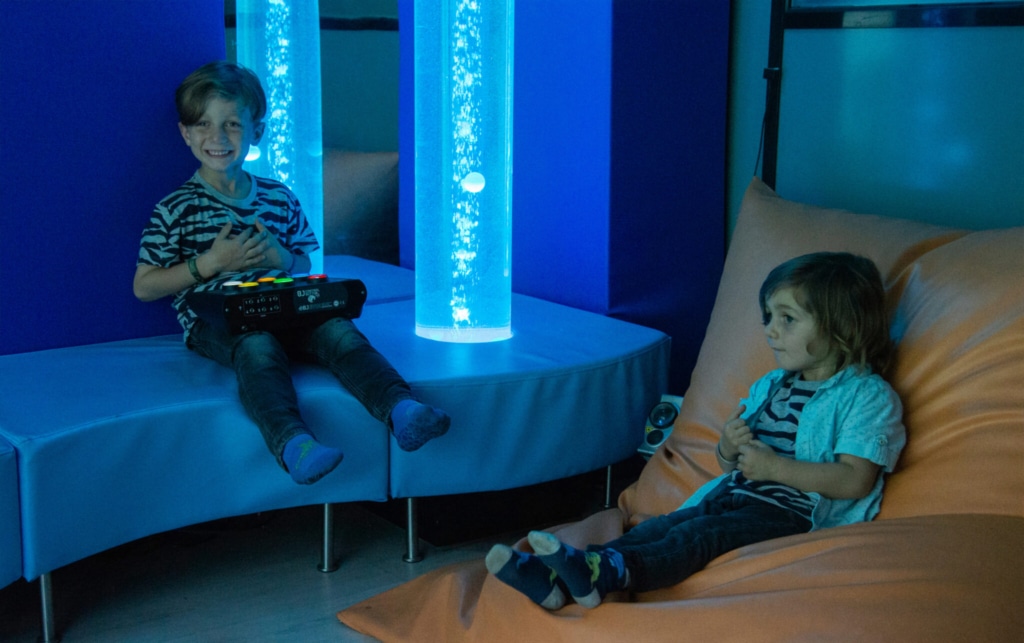
Sensory-focussed assistive technology for autism
Link Assistive’s team of occupational therapists and speech pathologists have experience working with individuals with autism and know that many individuals with autism have differences in the way that they process sensory information. Our sensory-focussed assistive technology for autism provides a range of visual, auditory, tactile, and deep pressure sensory experiences to support a person with autism to meet their sensory needs. Our sensory-focussed assistive technology is primarily featured on our dedicated sensory website, Link Sensory. Our team can assist you to select the right sensory technology for the person you are supporting.
Industry leaders in assistive technology for autism
At Link Assistive we stay connected with industry experts including assistive technology manufacturers and other suppliers, clinicians, families and clients. We keep up to date with best practice in assistive technology and communication for users with autism. We regularly interface with our community of assistive technology users at expos and events, and our clinical team are frequently engaged to provide professional development and training to therapists, teachers, carers, clients and organisations around assistive technology.
